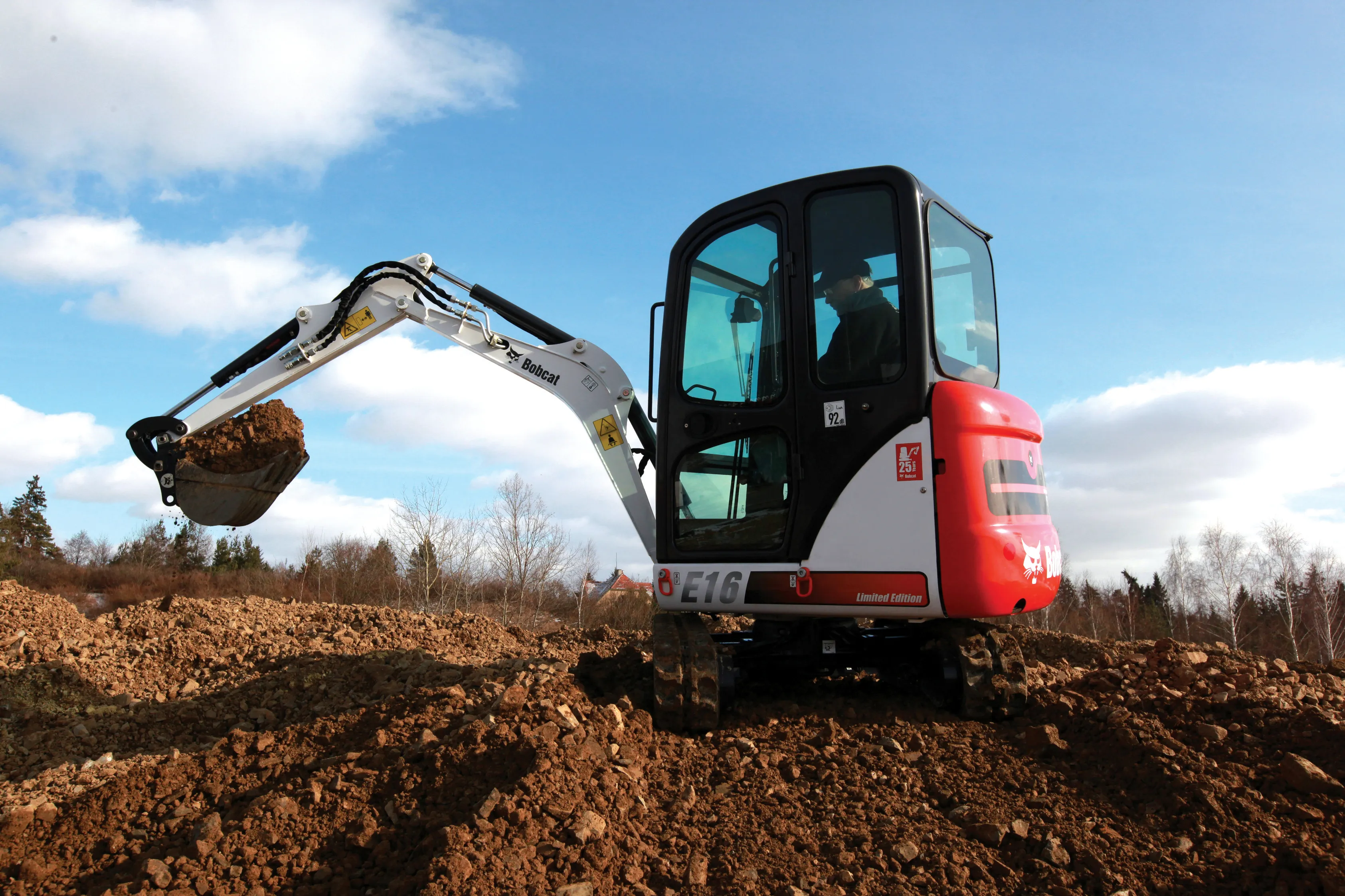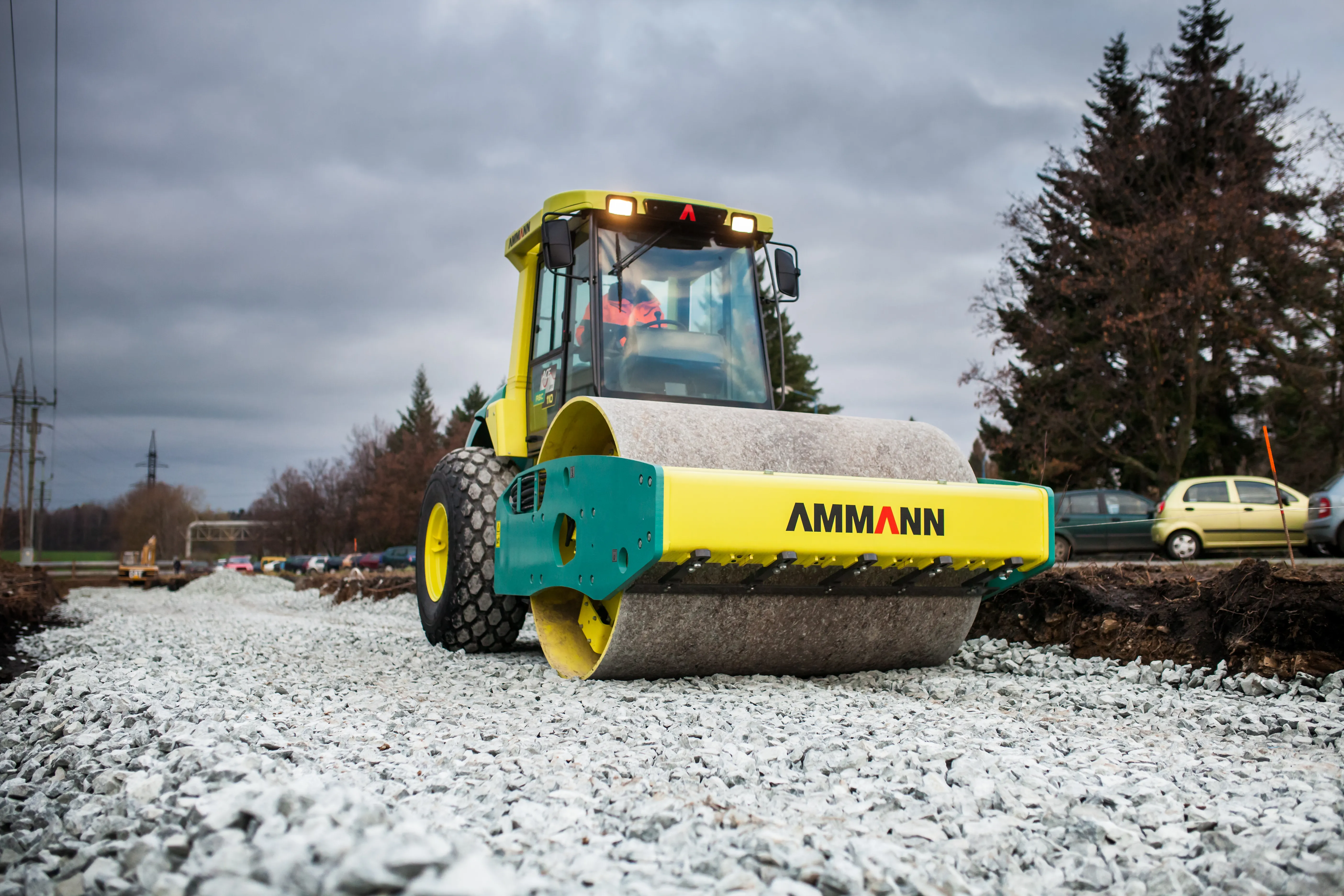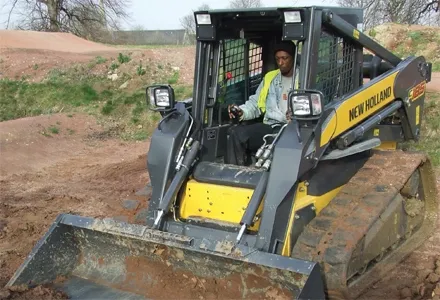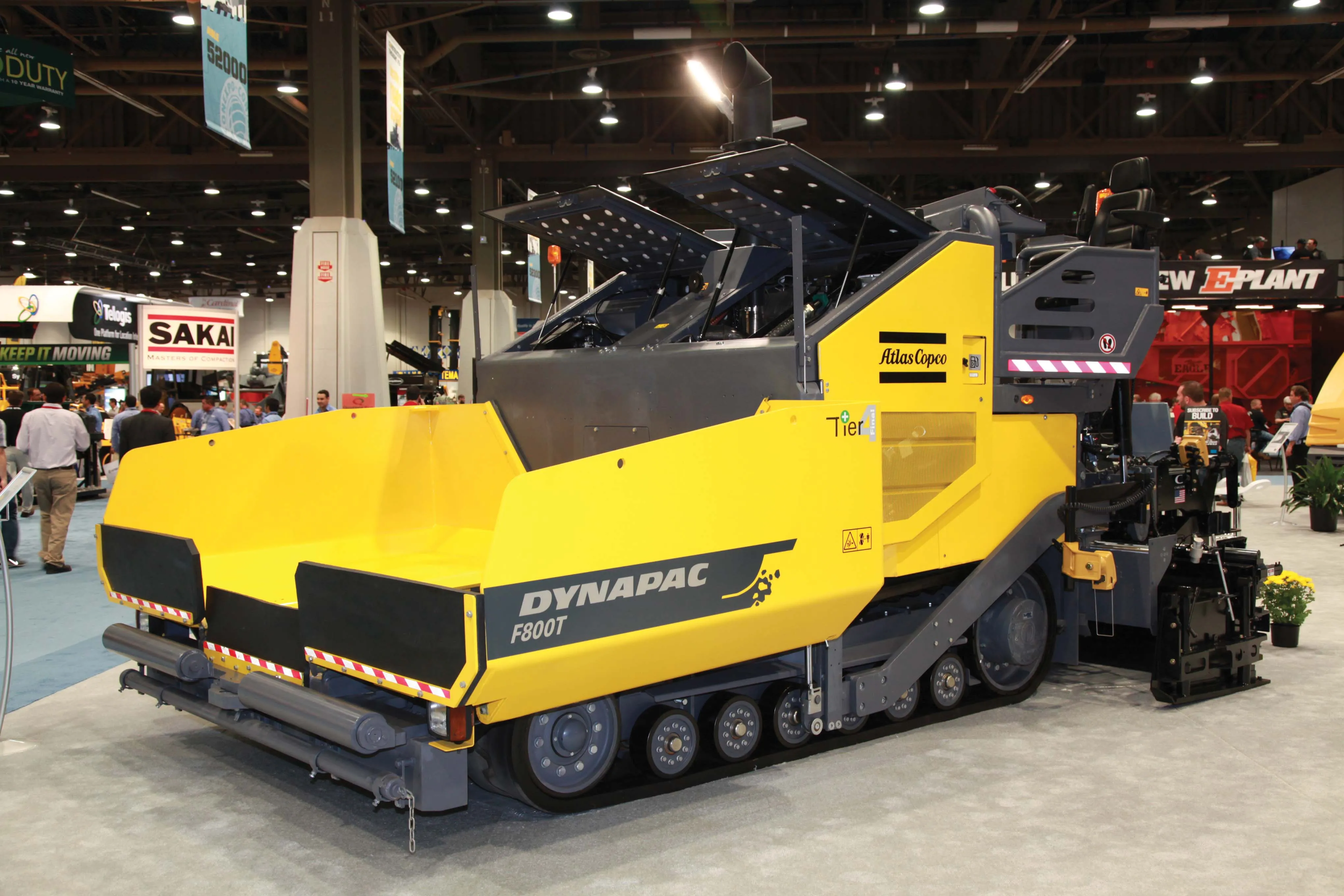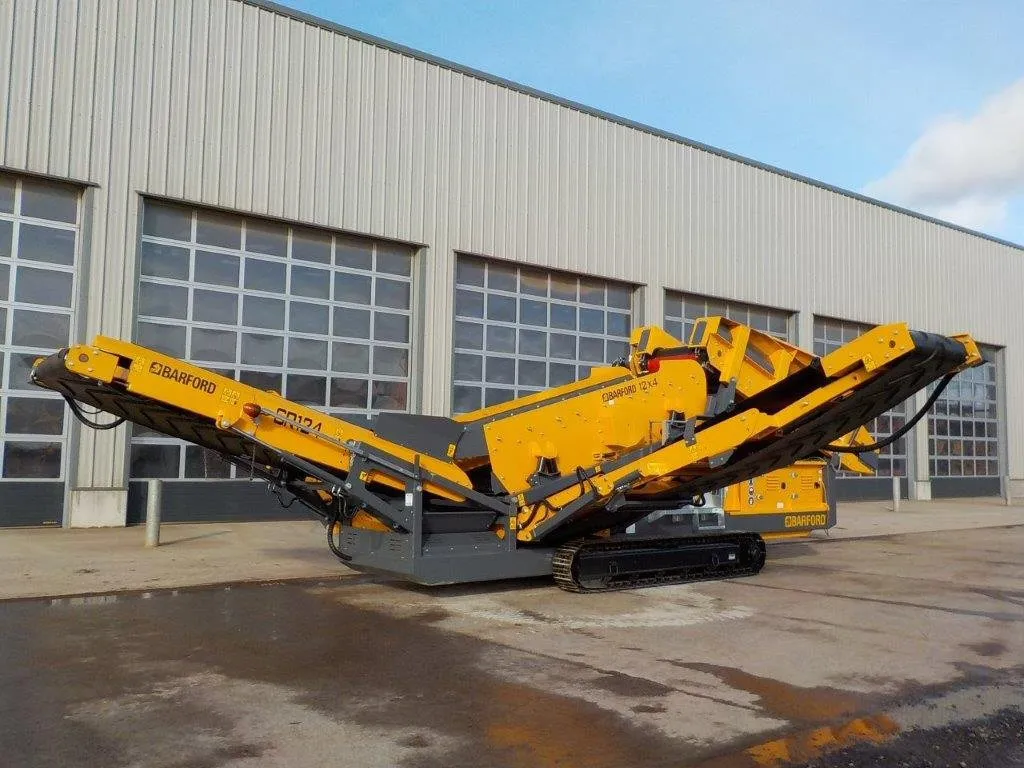
The two robust and refined Barford models being launched comprise: the SR124 (pictured) a tracked three-way split screener, with a 12x4 screen box that fits into a standard shipping container; and the S104 a tracked three-way split screener with a 10x4 screen box that again fits into standard HC container.
The SR124 is built around a 56kW
In addition to the two tracked screeners being launched, Barford Equipment also manufacturers a range of straight and radial tracked and wheeled stockpile conveyors. Other products include: the D16, a 16tonne, twin-axle dump trailer; the R15 a 15tonne twin-axle rock trailer; and the L22, a 19tonne, twin-axle low loader. There is also a range of screen boxes, with the US40 with its 3.75m2 total screening area being the most popular. Other models offer 1.8m2 or a 6.5m2 screening areas.


